What You May Not Know About Socks – Our Sock Stories
Key Takeaways
- Socks have an interesting story. They were born in countless ancient cultures, where humans made the first socks from pelts and other animal products in order to stay warm and safe. Knowing where they came from can provide some perspective on their development as a functional art form.
- Throughout the centuries, socks have changed tremendously, from basic foot coverings to complex weaves and textures. This progression marks an evolution in textile innovation and fashion trends.
- In many different cultures around the world, socks have played a special role - representing everything from class to nationalism. By examining these cultural roles, we can gain a greater understanding and appreciation for this simple, everyday garment.
- Today’s sock fashion is all about the balance of style and function, with socks that feature everything from eye-catching prints to sleek, understated looks. Being in the know with these trends will keep you looking fly and most importantly, feeling good.
- Practically, socks are the frontline of foot health, supplying cushioned comfort, moisture-wicking, and temperature control. Choosing the right sock material and fit are key components to keeping feet comfortable and clean.
- Socks have an important place in our lives, both aesthetically and utilitarian. Knowing their various sides will help you take your sock game to the next level and mindfully upgrade your collection with every new pair.
Socks, usually considered the most basic of wardrobe essentials, have some interesting tales and unseen benefits. They serve a greater purpose than just keeping your toes toasty or pulling together an ensemble. From the ancient Egyptians to the present-day fashionista, socks have come a long way.
Their evolution is a testament to cultural change and technological progress, delivering unparalleled comfort and style. In peeling back the layers of sock history and innovation, we think you’ll find something that can tell you a little more about their material, design and functionality.
Whether you’re a casual wearer or a sock aficionado, explore these mesmerizing sock stories to learn to re-think and re-love your favourite foot-sized fashion! Join us as we explore the captivating universe of socks and discover the unheard stories behind these simple but essential pieces of fabric.
Origins of Socks
It may be hard to believe, but socks have an incredibly ancient history, with origins tracing back to the Stone Ages. The earliest humans most likely made socks by hand from sustainable materials like animal skins and plant fibers. They wore socks for practical reasons, to protect their feet and keep warm. By around 5000 BC, cavemen were fashioning rudimentary socks, though these would hardly resemble the ones we wear today. They would have provided the required warmth and protection from the elements, a necessity during the brutal climates of prehistoric eras.

Jumping ahead to the Middle Ages, socks underwent a transformation. They morphed into a status and fashion symbol made of expensive, bright cloth, tapered to fit the lower leg. These fitted pieces are representative of a major departure from the early foot coverings. They point to a broader cultural trend of focusing on style over substance, which has influenced many sustainable brands today. By the end of the 1st millennium, knit and woven socks were becoming luxury items in Europe, showcasing extraordinary craftsmanship and premium materials from those days.
In 1589, an English clergyman by the name of William Lee created a revolutionizing invention. He invented a knitting machine that cut sock production time in half. This innovation opened the doors of mass production to socks, allowing them to be more widely available. Clyde Alvin Riggs was awarded the first patent in 1936 for such a sock-making machine. This invention was a big leap forward in the history of the evolution of sock knitting machinery, paving the way for the future of ethical fashion.
Most premium socks sold today use Spandex. Spandex is in 90% of the socks sold today. It helps keep the sock comfortable and keeps the sock in place. This evolution is a prime example of how tradition and technology intersect in sock design. As we embrace a sustainable lifestyle, socks remain a perennial favourite in our closets, reflecting our values and commitment to a sustainable future.
Sock Evolution Through Ages
The history of socks is as old as human civilization itself, reflecting our need for comfort and chic. By 500 BCE, early forms of foot coverings were documented by Greek poet Hesiod in his poem "Works and Days." He described sandals with soles made of animal skins, which were worn with piloi, a kind of sock. This illustrates that even the earliest civilizations, such as the Egyptians, Romans, and Greeks, understood the importance of comfort and warmth, especially in their sustainable fashion choices.
This shows that even the earliest civilisations such as the Egyptians, Romans and Greeks understood and valued comfort and warmth. The Greeks prized socks for their warmth and comfort, using them to line their leather shoes providing warmer feet during the chillier winter months. Romans used heavy, “dense” knits to protect their legs and feet from the cold winter. They showed them off, too, as a brash fashion statement.
In 1589, William Lee invented the first knitting machine, revolutionizing the production of socks. His machine could quickly churn out stockings by the thousands, paving the way for the incredible diversity of sock styles we enjoy today. This innovation set the stage for modern sustainable materials and manufacturing practices in the sock industry.
By the 1960s, women’s socks and tights exploded into the mainstream with eye-popping hues as well as bold graphic prints. This modern movement was an exciting new outlet for women to showcase their unique style.
Today, technology and fashion are closely linked, with punched cards enabling knitting machines to create complex patterns with precision. More than 90% of the world’s population wears socks regularly, underscoring their essential role in our everyday lives and the shift towards sustainable clothing practices in the fashion industry.
Cultural Significance of Socks
Socks have stitched themselves into the cultural significance of people across the world. In fact, in ancient Rome, soldiers wore socks beneath their sandals. This groundbreaking aesthetic ignited a fever that dovetailed perfectly with the countercultural sartorial impulses of their era.
Socks have always played a more cultural role than being just foot coverings. More importantly, they have become a strong statement of style and practicality. Fast forward to today, and socks are still laden with cultural significance. World Down Syndrome Day, where vibrant and mismatched socks have become a touching tradition, representing acceptance and individuality.
Sustainable sock brands such as FAZL are bringing this cultural dimension to the forefront. Incorporating techniques common in the South Asian region, FAZL connects Canadian and Indian cultures through sustainable materials and ethical production practices, named after the Arabic word for grace or hope.
With a production process that is completely open to the public, the brand’s commitment to sustainability includes the support of orphanages in India. This new initiative is crucial, considering that India’s orphan population is roughly equal to the size of Canada’s entire population. These kinds of collaborations inspire optimism and illustrate how socks can be a powerful force for change in the world.
A third is Conscious Step. They give back 10% of their annual profits to organizations like The Trevor Project and Habitat for Humanity. This strategy marries commerce with compassion in an inspiring way, demonstrating that socks and similar products can create a positive social impact.
The story of socks goes far beyond their utilitarian purpose, telling stories of the culture, values and traditions that make each society unique. When you back brands like FAZL and Conscious Step, you become a part of that incredible story. This narrative weaves together themes of style, sustainability, and social enterprise.
Contemporary Sock Trends
In today’s climate, the once humble sock has become a key player. Rather, it’s the new fashion statement, showing off your personal style and sustainability smarts. In 2024, the classic all white sock is losing favor to bolder and brighter options.
We’ve moved beyond basic striped or polka-dotted socks and into bold patterns and vibrant colors. These eye-catching designs have become a global sartorial standard. This cultural shift mirrors a larger trend within fashion towards individuality and personal expression.
At the heart of all of these changes is sustainability. The fashion industry is responsible for more than 10% of global emissions. Making the switch to sustainable socks is an easy first step to reducing your sock-print on the climate.
Brands like FAZL and Conscious Step are at the forefront of this movement towards sustainable fashion. They opt for recycled plastic and organic cotton, sustainable fabrics that feel good on your feet and keep the earth happy. These socks are engineered for breathability and easy washability, so they’re always ready to be a staple of your daily routine.
The increasing demand for sustainable socks represents a larger cultural movement to better understand how to approach the way we wear clothes. These socks are produced with equal consideration for people and the planet.
By opting for sustainable picks, people can do their part, though small, to help protect the environment. This trend is more than just a fun fashion statement. It’s the perfect expression of a dedication to ethics and quality that endure, blending aesthetic, ease and care for the planet.
Practical Aspects of Socks
Socks are not just a fashion accessory or practical wardrobe item—they are intimate wear that protects the foot from many harmful elements. Whether you wear Merino wool or cotton, it’s smart to periodically get new socks for your sock drawer. Common recommendations are to replace socks every 14 days.
Studies have found it’s optimal to use them for four to seven months before retiring them. This prevents the fabric from stretching out and losing performance, giving you the most comfortable wear. Washing technique is important, too. For the longevity of your socks, try to wash them in water no warmer than 30 degrees Celsius.
Hot water, for instance, will cause the fibres to break down more quickly, shortening their lifespan. Just as crucial as the type of sock is how many socks you have. A practical sock drawer contains 10-20 pairs for men. This means you’ll never run out of socks for everyday use or your adventures.
Unsurprisingly, men tend to wear socks more than women. Almost three-quarters of men wear them at least the majority of days, compared with about four-in-ten women. In terms of warmth, layering can make all the difference. Wearing two pairs of socks can keep your feet warmer on cold days.
That said, don’t wear only one wet pair since that will result in cold, sore toes and stinky socks. On average, one person loses more than 15 socks a year, so you’re gonna want to be stocked up. Throughout your life, specialists say you should possess a little more than 1,264 socks.
This way you know you’re fully prepared for laundry days and on-the-go needs.
At Sock Geeks, we embrace the rich history and cultural significance of socks while bringing modern innovation to the forefront. Our collection combines style, comfort, and sustainability, inspired by the evolution of socks from ancient times to contemporary trends. Whether you’re looking for bold patterns, sustainable materials, or functional designs, our socks are crafted to keep your feet happy and your style on point. Join us in celebrating the legacy of socks and step into a future of comfort and expression.
Conclusion
Socks have an interesting past, and a pivotal role in our closets today. From their humble origins to contemporary essential items, they demonstrate that fashion and utility can coexist in harmony. Whether you prefer a traditional cotton sock or a new colourful go-to, socks are a great way to find everyday comfort with a bit of personality. They are sensitive to culture, they adapt to trends, and most importantly, they continue to be a functional, practical, necessary feature of daily life. When you shop for your next pair of socks, keep in mind that the best socks balance tradition and innovation. Browse new styles and discover the right fit for you today. Keep those tootsies warm and fashionable. Learn more about sock trends, styles, and tips by exploring our blog. We have a lot of new information and exciting things in store for you!
Frequently Asked Questions
What are the origins of socks?
Socks have been around since the time of the ancients, originating when people wore foot coverings made from sustainable materials like matted animal hair or leather tied around the ankles. Dating back to the ancient Egyptians and Greeks, they represent one of the oldest known human inventions, highlighting the importance of sustainable practices in contemporary fashion.
How have socks evolved through the ages?
From crude leather foot wrappings to highly developed, woven garments, socks have come a long way in the sustainable clothing movement. The Industrial Revolution brought about mass production, making a variety of socks available to everyone, and today, sustainable brands create socks in every conceivable material and pattern, blending fashion with function.
What is the cultural significance of socks?
These little pieces of fabric, often made from sustainable materials, hold cultural significance around the world. In many cultures, they represent warmth and love, while giving socks as a present is sometimes considered unlucky, highlighting their importance in cultural and religious dress.
What are the current trends in socks?
Modern socks are known for their loud patterns and colors. Sustainability continues to be a major trend this year, with brands such as Bombas offering more sustainable alternatives.
Novelty socks. Novelty socks with fun, bright designs and themes are a big hit with children and teens.
How do socks benefit your feet?
What you may not know is that socks, particularly sustainable dress socks, offer a number of underlying benefits. They blister by introducing friction between the foot and shoe, while also being naturally absorbent, meaning they draw moisture away from skin and help feet stay dry and odour-free. Quality socks make a big difference in improving overall foot health.
What materials are commonly used in sock production?
Cotton, wool, and sustainable materials like synthetic blends are common choices. Cotton adds breathability, while wool provides warmth, and synthetic blends enhance durability and stretch, meeting unique demands for sustainable lifestyles.
How should you care for your socks?
Always wash your socks in cold water to protect their elasticity and colour while minimizing environmental impact. Avoid using bleach, and air drying is the best method to maintain the integrity of the fibres. Caring for your socks contributes to a sustainable lifestyle.




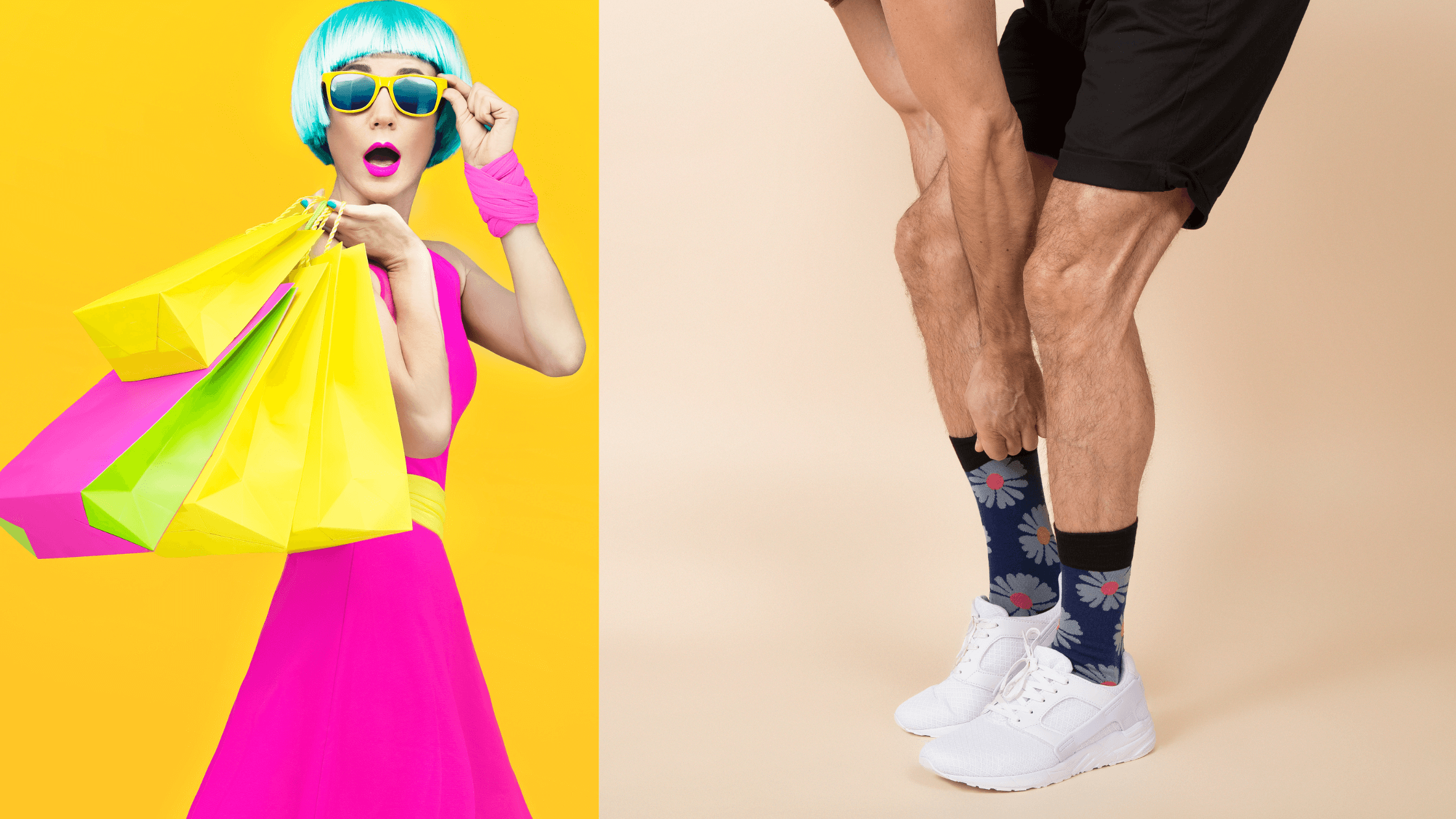
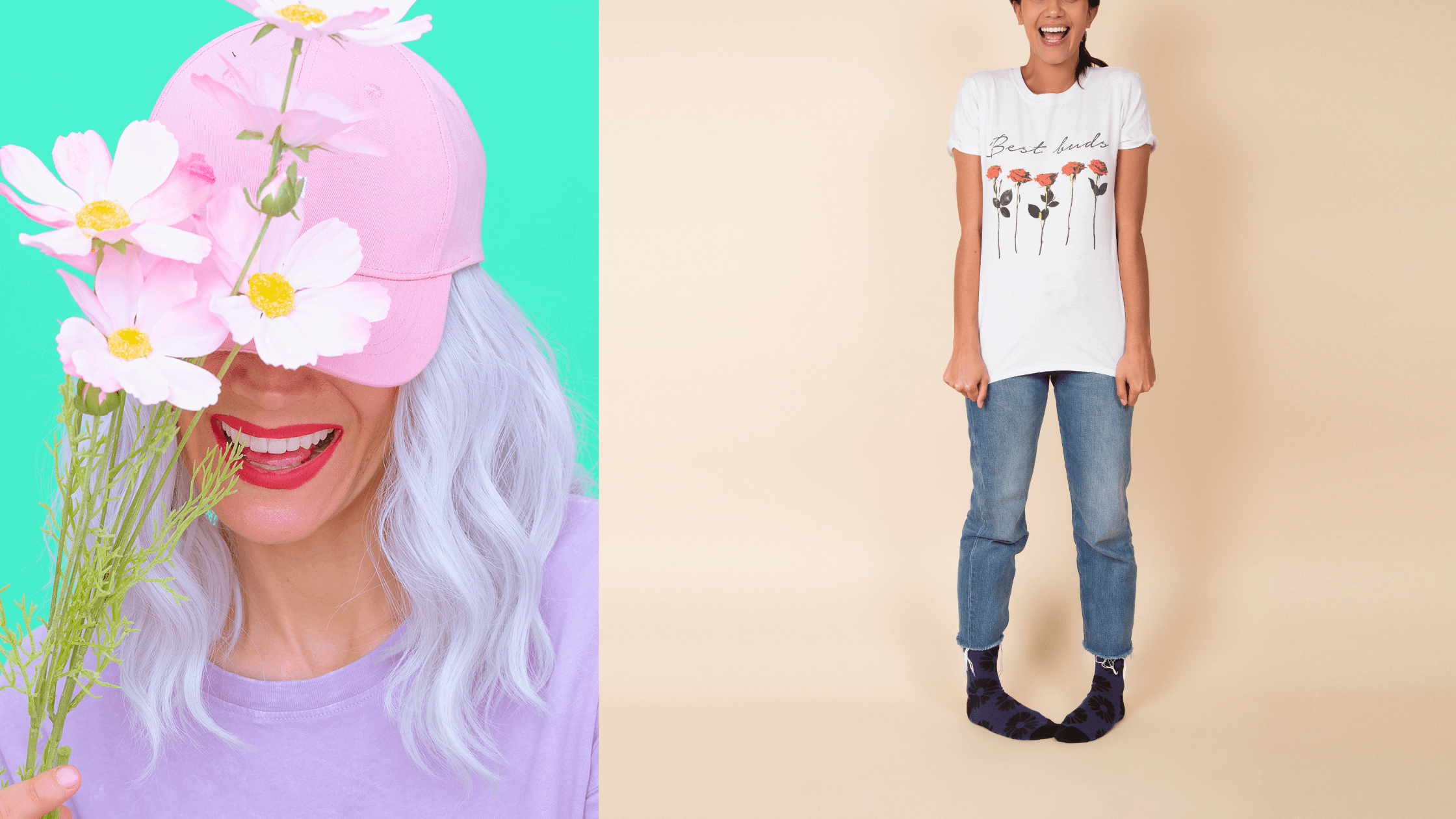
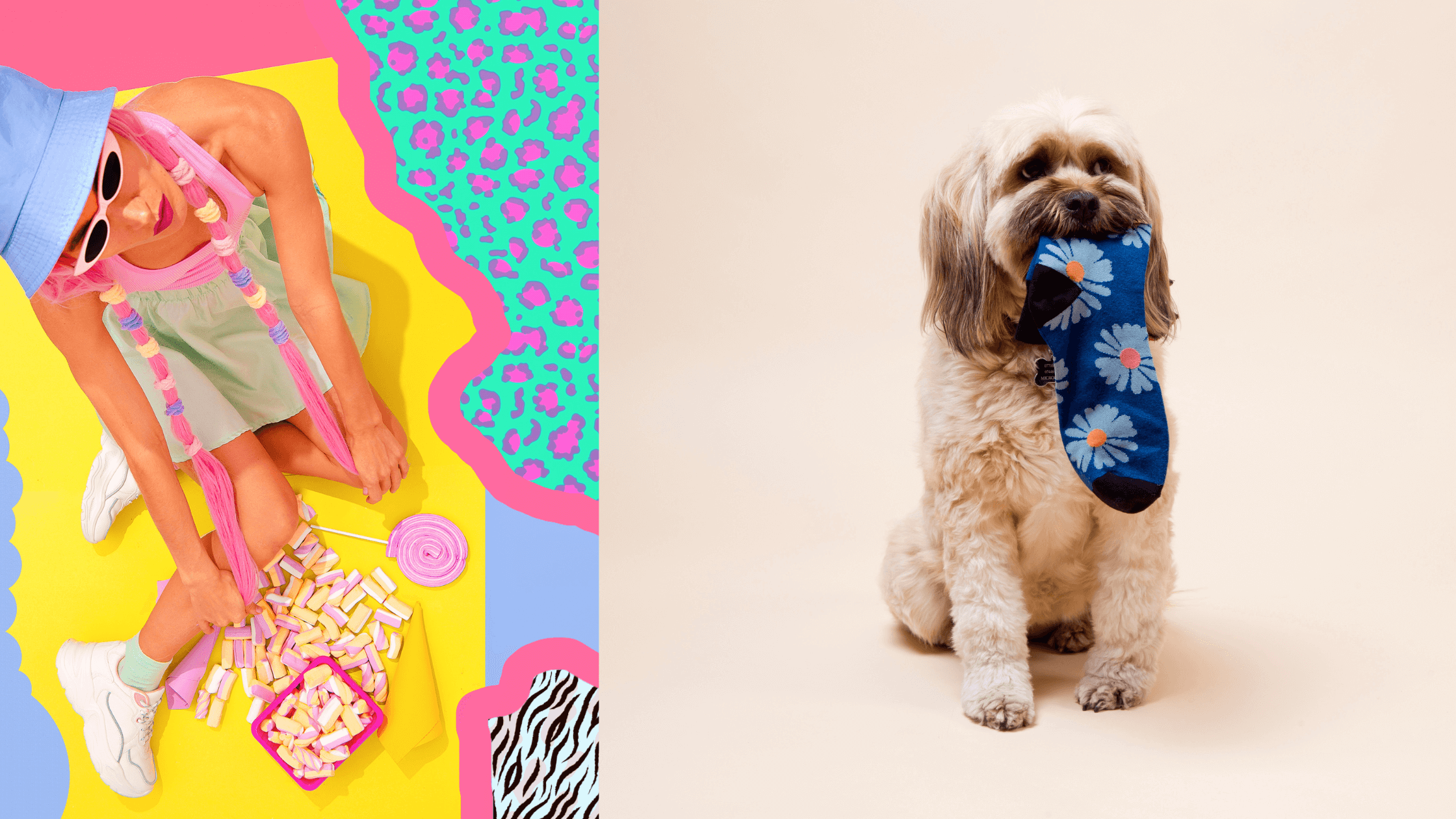

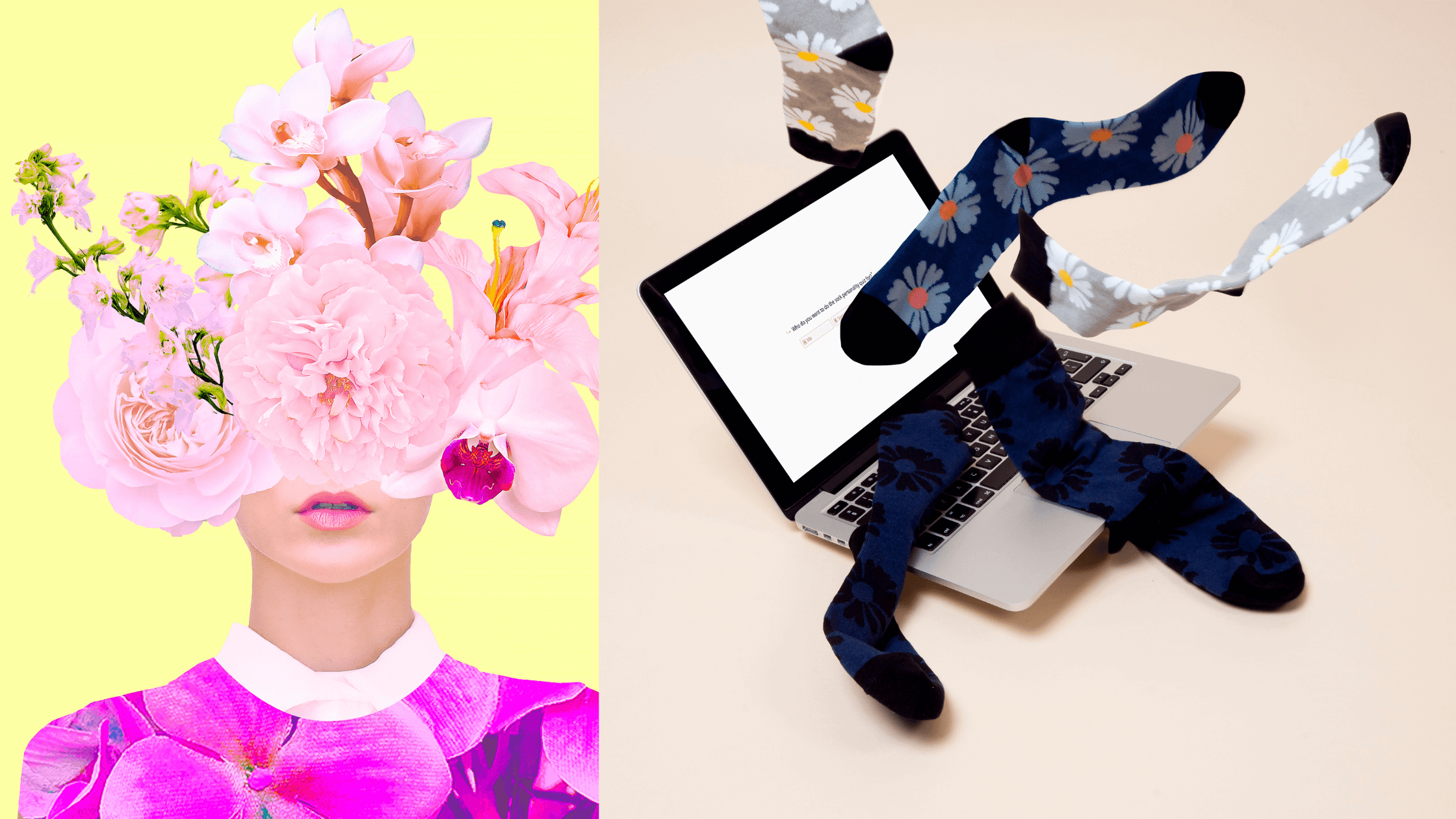




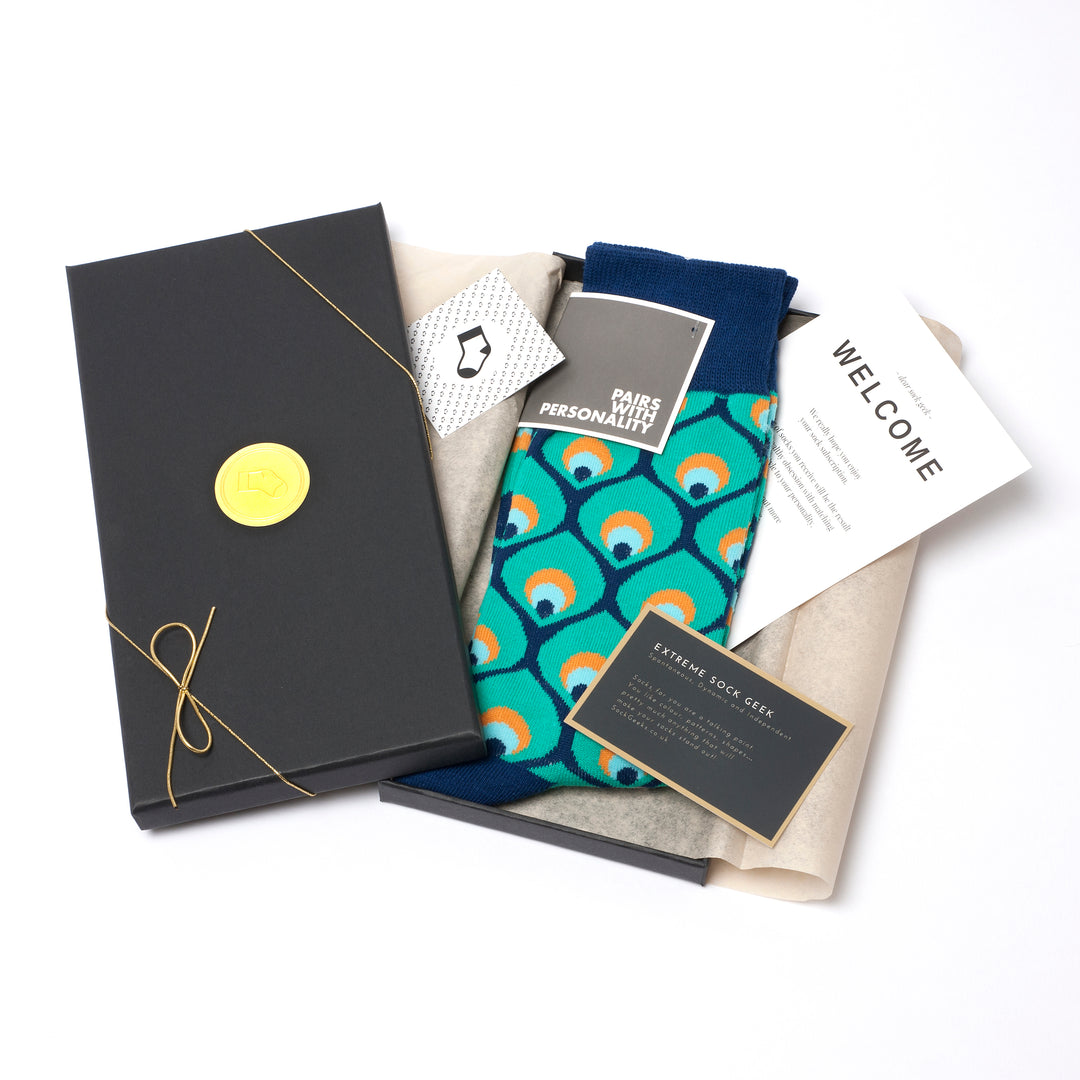
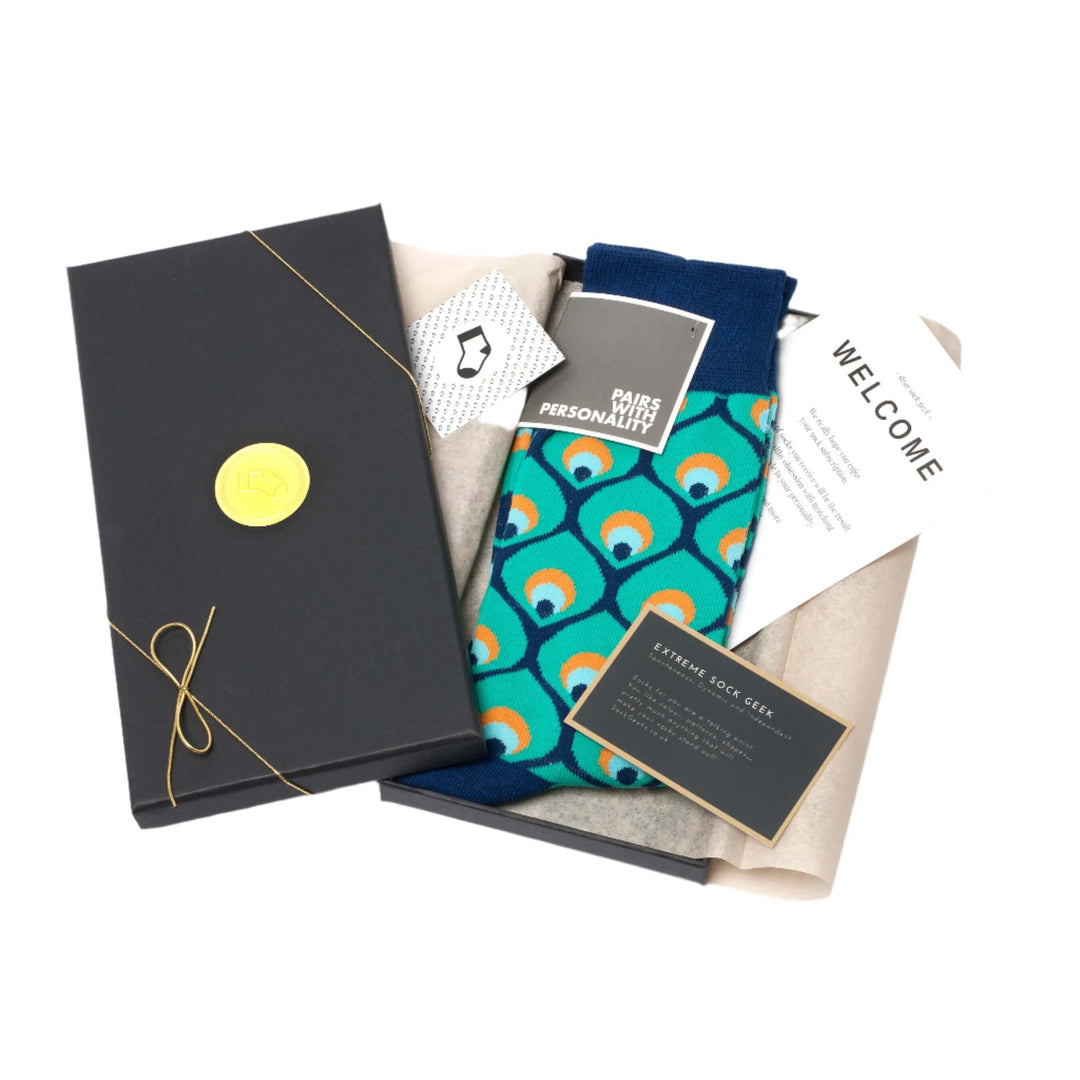





Leave a comment